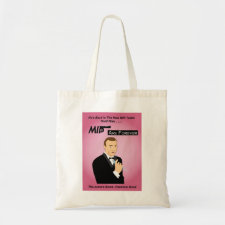
Authors: Cheng Y, Xu KL, Li H, Li YF, Liang B
Article Title: Preparation of Urea-Imprinted Cross-Linked Chitosan and Its Adsorption Behavior.
Publication date: 2014
Journal: Analytical Letters
Volume: 47
Issue: (6)
Page numbers: 1063-1078.
DOI: 10.1080/00032719.2013.860535
Abstract: A surface molecular imprinting technique was used to prepare a novel molecularly imprinted polymer using urea as the template molecule, chitosan as the functional matrix, epichlorohydrin as the cross-linker, and formaldehyde as the amino-protecting agent. Infrared analysis of the polymer confirmed that urea was successfully imprinted on cross-linked chitosan. On the basis of a single-factor test, Box-Behnken central composite experimental design and response surface methodology were used to optimize the preparation conditions. The optimum preparation conditions included 0.05 mL of acetic acid, 0.79 g of urea, a pre-polymerization time of 2.41 h, 1.63 mL of epichlorohydrin, and 0.6 g of chitosan. The predicted maximum adsorption capacity of urea (9.53 mg/g) was consistent with the experimental value (9.61 -¦ 0.16 mg/g), which confirmed the accuracy of the response surface method to optimize the preparation conditions of molecularly imprinted polymer. The recycling rate of the molecularly imprinted polymers was up to 84.6%. The molecularly imprinted polymer was used to adsorb urea from a serum sample. The adsorption efficiency had a maximum value of 54.51%
Template and target information: urea
Author keywords: adsorption behavior, molecular imprinted polymer, Response surface methodology, Surface molecularly imprinting technique, urea



Join the Society for Molecular Imprinting

New items RSS feed
Sign-up for e-mail updates:
Choose between receiving an occasional newsletter or more frequent e-mail alerts.
Click here to go to the sign-up page.
Is your name elemental or peptidic? Enter your name and find out by clicking either of the buttons below!
Other products you may like:
 MIPdatabase
MIPdatabase









